Ever gazed up at towering mountains and wondered if anyone actually lives up there? The answer might surprise you
These cities aren’t for those of us who are terrified of heights. Let’s meet the people who call these dizzying heights home.
Mountain Sickness

Living at such an extreme altitude presents a challenge. In extreme cases, the thin air leads to Mountian Sickness, often causing headaches, nausea, and fatigue.
Chronic oxygen deficiency can progress to more severe conditions such as pulmonary or cerebral edema, which can be life-threatening without prompt treatment.
The Challenges to Living the High Life
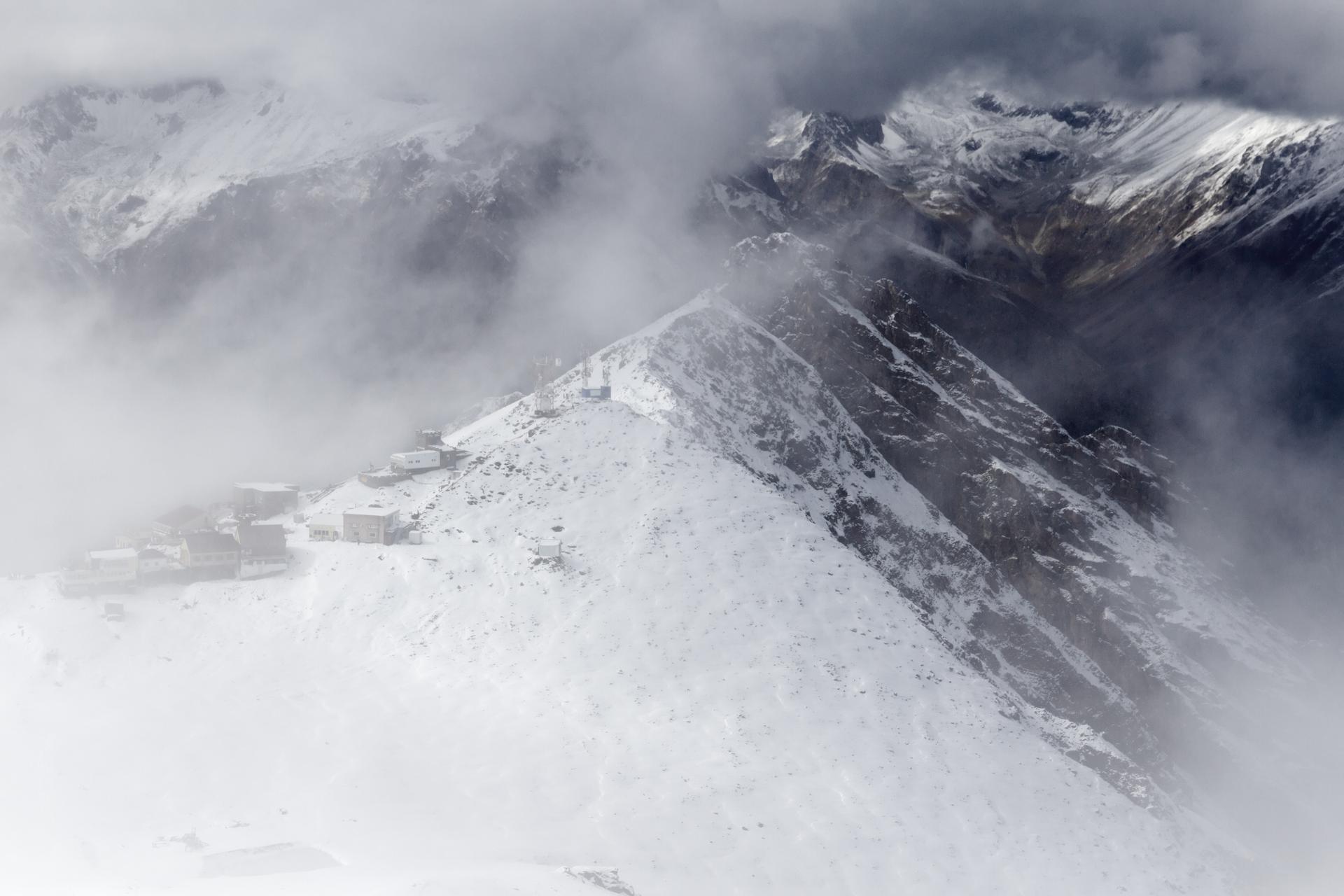
In many high altitudes, the weather is relentless, with frigid temperatures, gale-force winds, and heavy snowfall. Maintaining infrastructure in such conditions is extremely difficult; roads are often impassable, communication is limited, and basic amenities are scarce.
Access to essential resources like food, water, and healthcare is a constant struggle. Despite these adversities, locals have adapted remarkable ways to thrive.
Adapting to the Climate

Locals in high-altitude cities don’t seem to struggle with mountain sickness. At extreme altitudes, some people have evolved specific adaptations to manage the thin air and harsh conditions.
For example, people living in the Tibetan mountains generally have higher amounts of hemoglobin in their blood. This makes their blood thicker and able to circulate more oxygen.
Why Live So High?
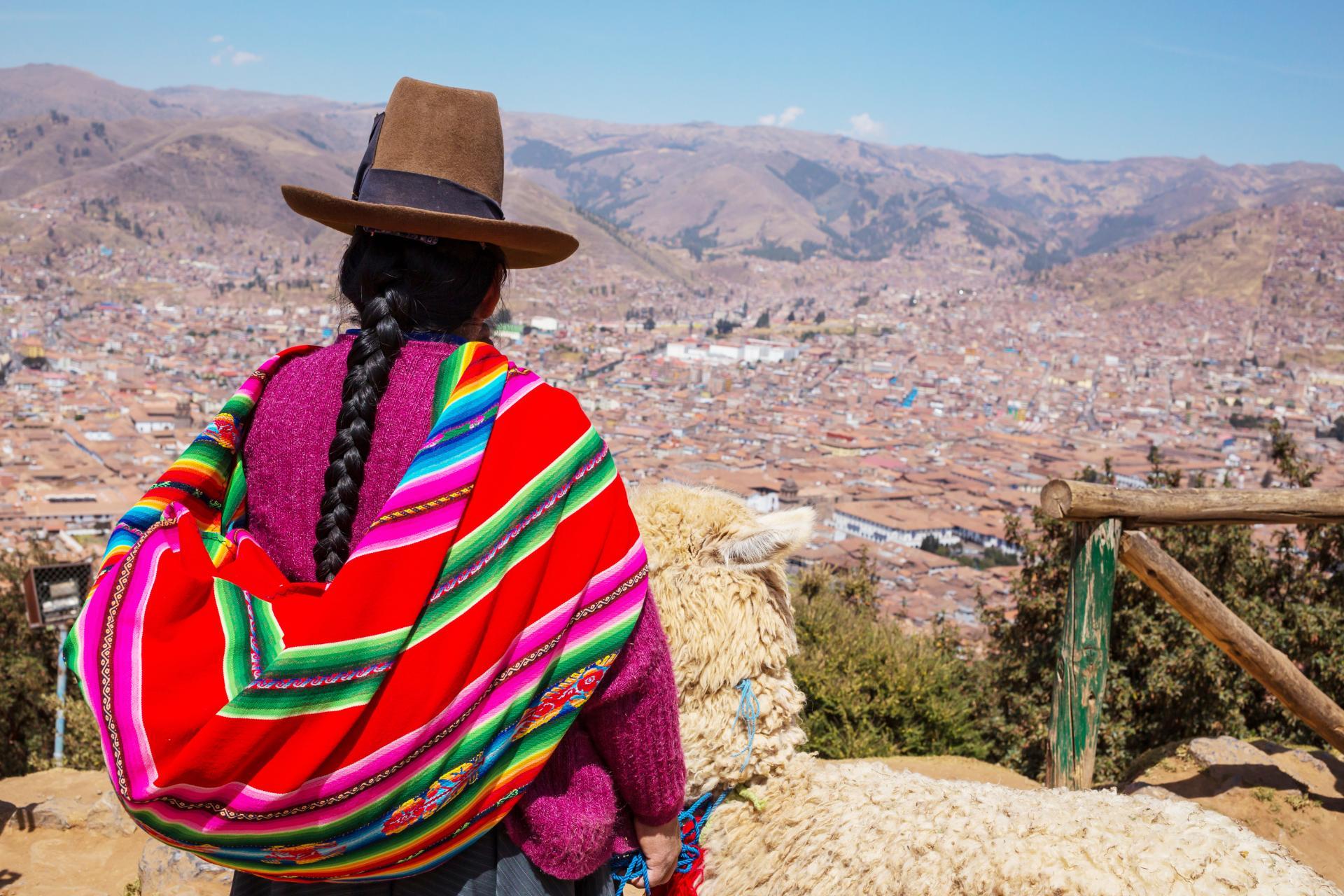
Given these challenges, the reasons for living at such heights are varied. Economic opportunities, often rooted in mining and tourism, draw people.
For indigenous communities, mountains hold deep cultural and spiritual significance. Others seek the solitude and tranquility of these remote places.
Treating Mountain Sickness

The best way to treat mountain sickness is to allow the body to gradually acclimate to higher altitudes by ascending slowly and spending time at intermediate elevations.
If symptoms become severe, descending to a lower altitude is the most effective remedy. Medications like acetazolamide can help speed up acclimatization, while dexamethasone may be used for more serious cases.
Honorable Mention: Highest Capital City
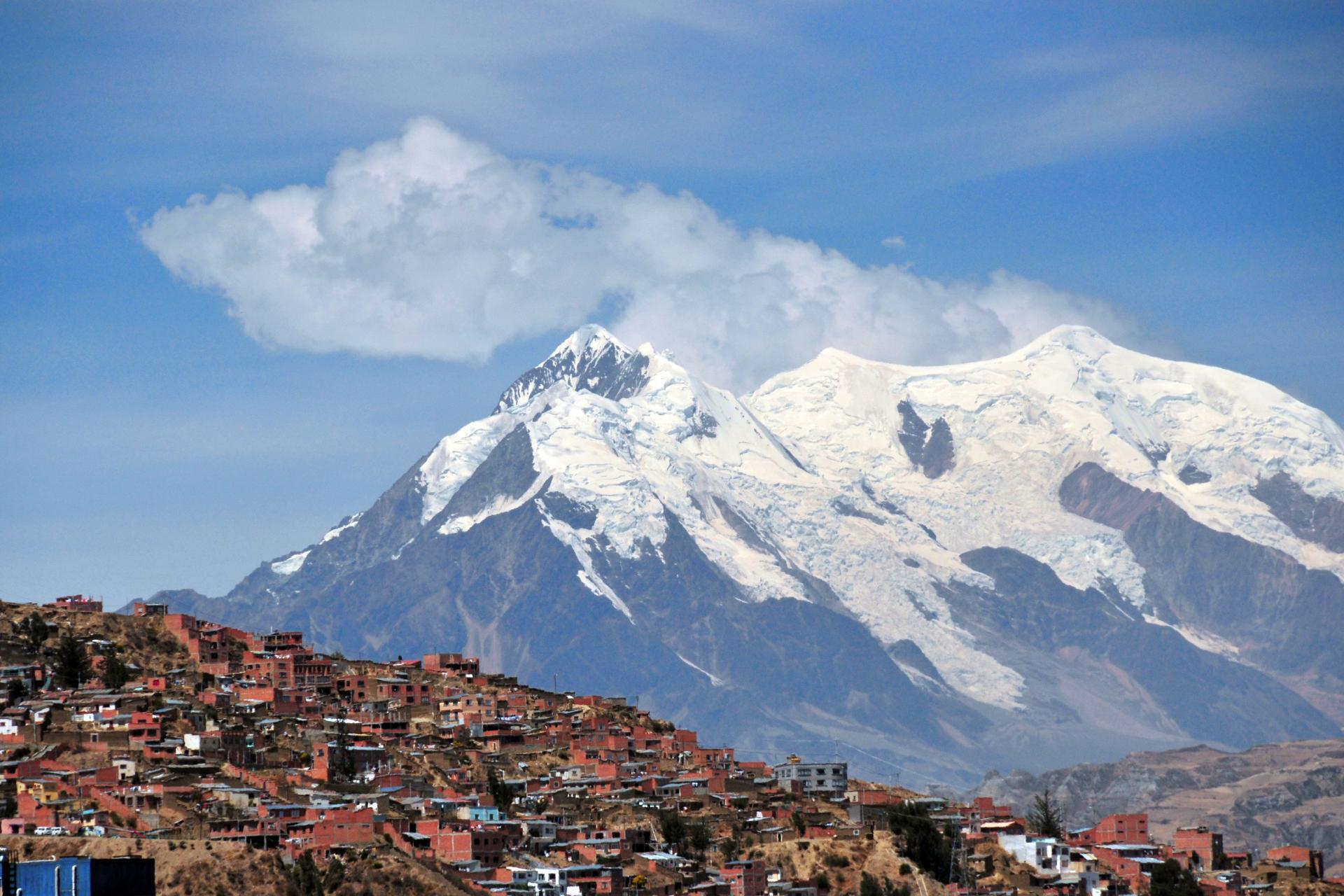
We begin our countdown of the highest cities with an honorable mention – La Paz, Bolivia is the world’s highest capital city. Situated high in the Andes Mountains, La Paz has an altitude of 11,975 feet above sea level.
Because of the high altitude, water in La Paz doesn’t boil at the same temperatures that you may be used to. Thanks to the low oxygen, here, water boils at 88 C instead of the typical 100 C!
The 5th Highest City
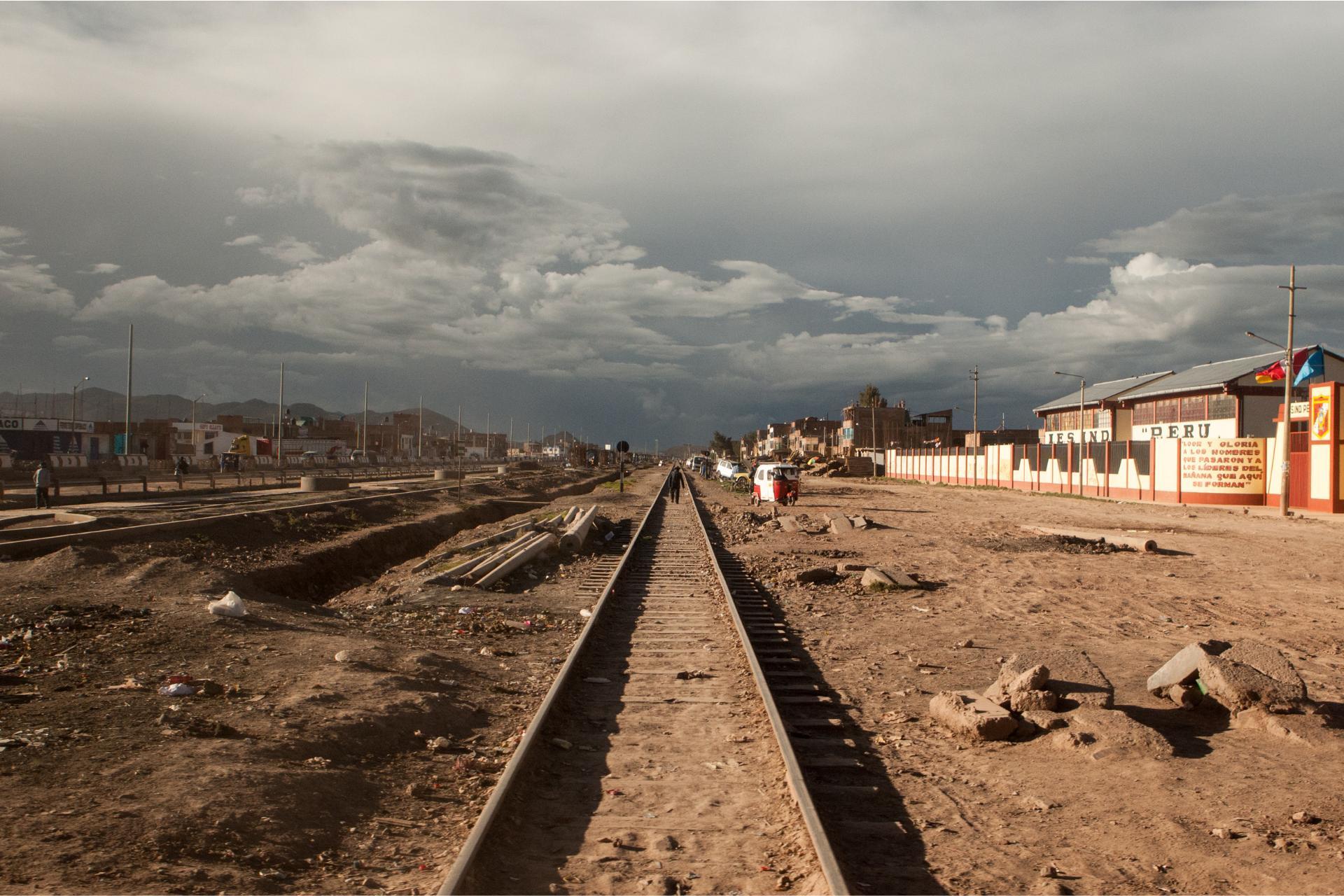
Starting off our countdown to the world’s highest cities, we have Juliaca, Peru. A bustling transit hub, Juliaca sits at 12,545 feet above sea level.
But height isn’t the only interesting thing about Juliaca. It lies on the shores of Lake Titicaca, a massive lake notable for its Incan ruins and floating villages.
The 4th Highest City
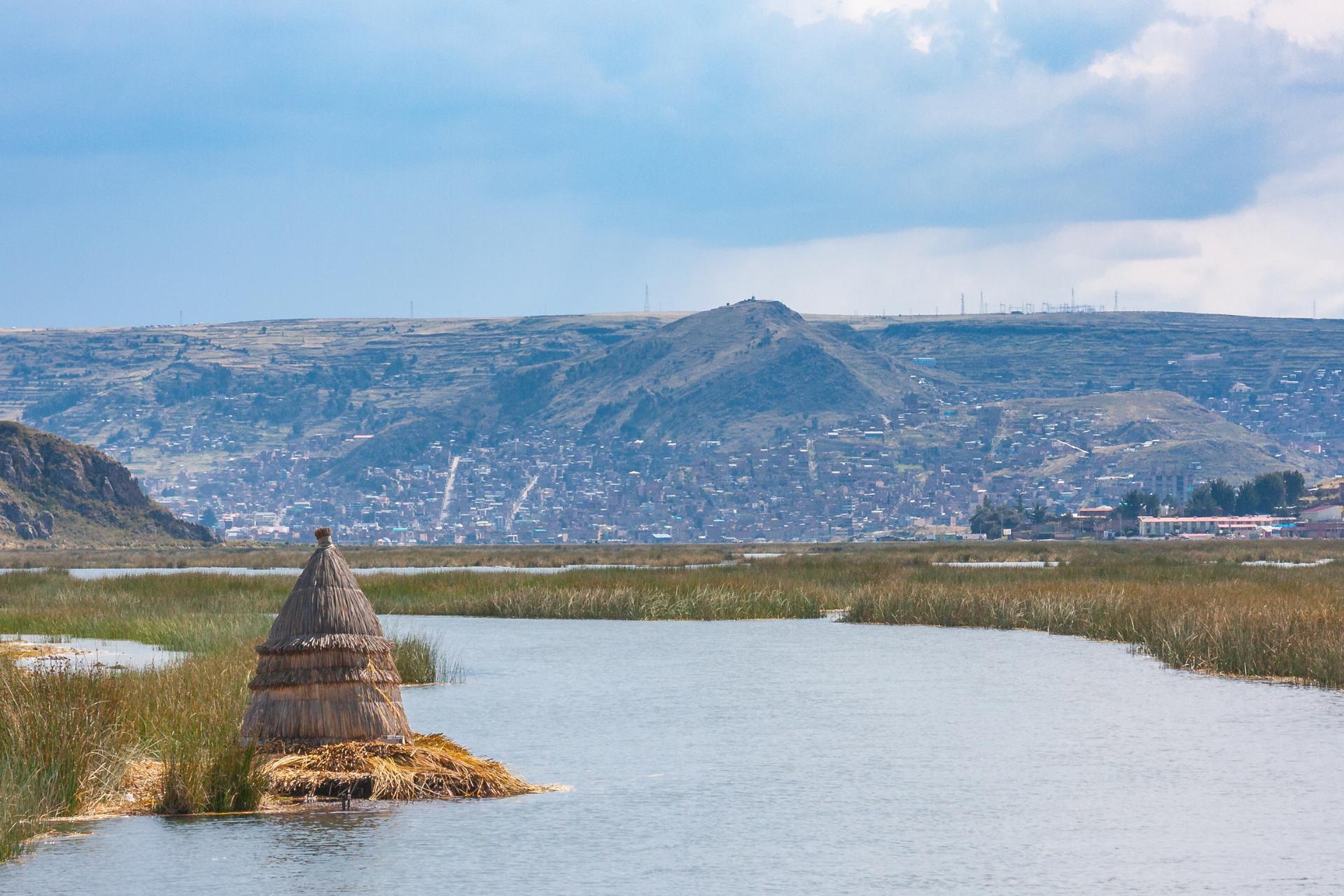
Head to southern Peru and you might find Puno. With an elevation of 12,549 feet, Puno just slightly beats Juliaca as the 4th highest city in the world. Like Juiliaca, Puno also sits on Lake Titicaca, one of the largest lakes in South America.
The city is sometimes referred to as Peru’s “folkloric capital” due to its numerous music, dancing, and storytelling festivals.
The 3rd Highest City
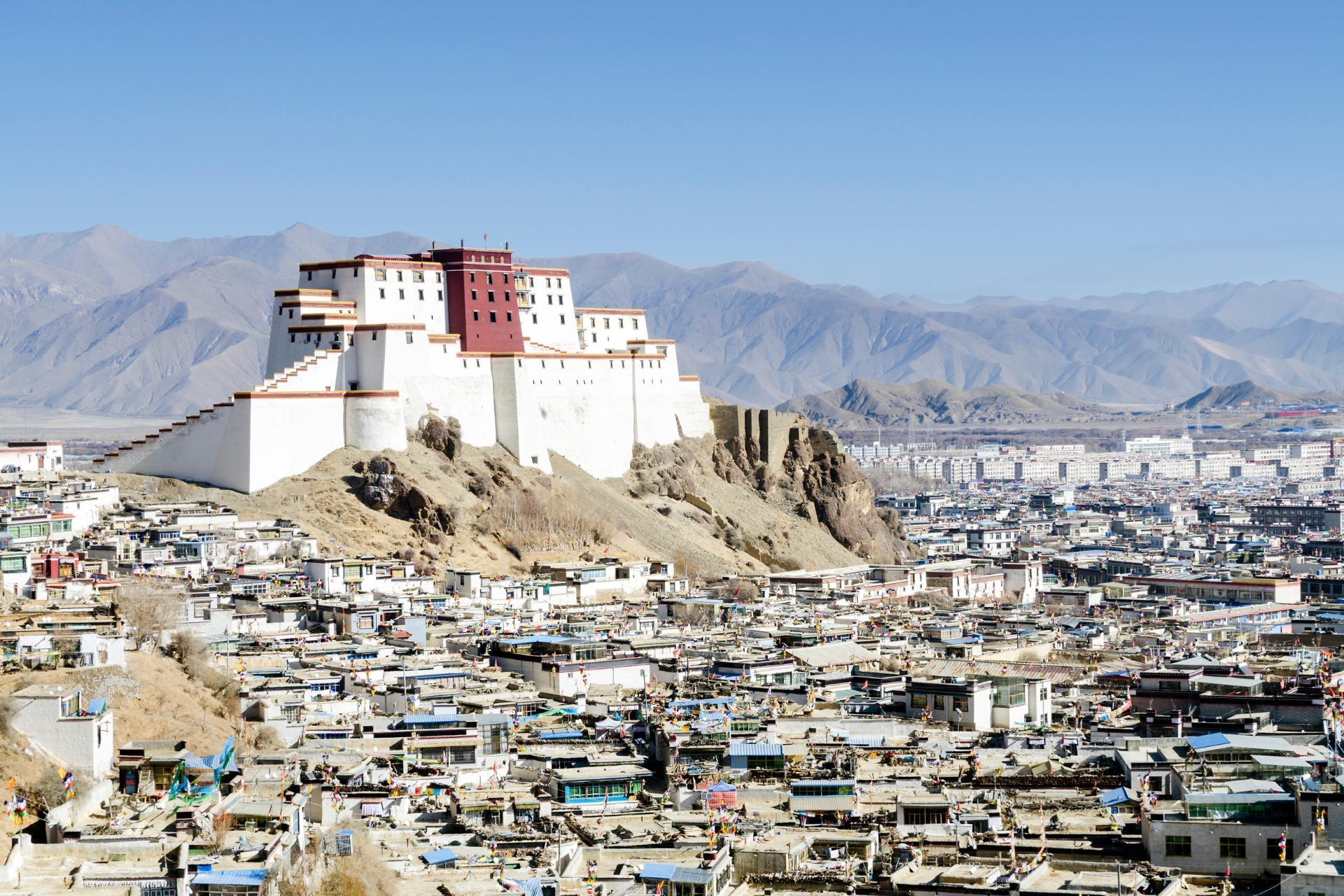
The only non-South American city on this list, Shigatse, Tibet, is the world’s third-highest city. Just west of Mount Everest, this city is slightly over 12,614 feet above sea level!
The city is surrounded by sacred mountains, stunning landscapes, and Buddhist monasteries. If you ever plan on climbing Mount Everest, try to make a stop here!
The 2nd Highest City
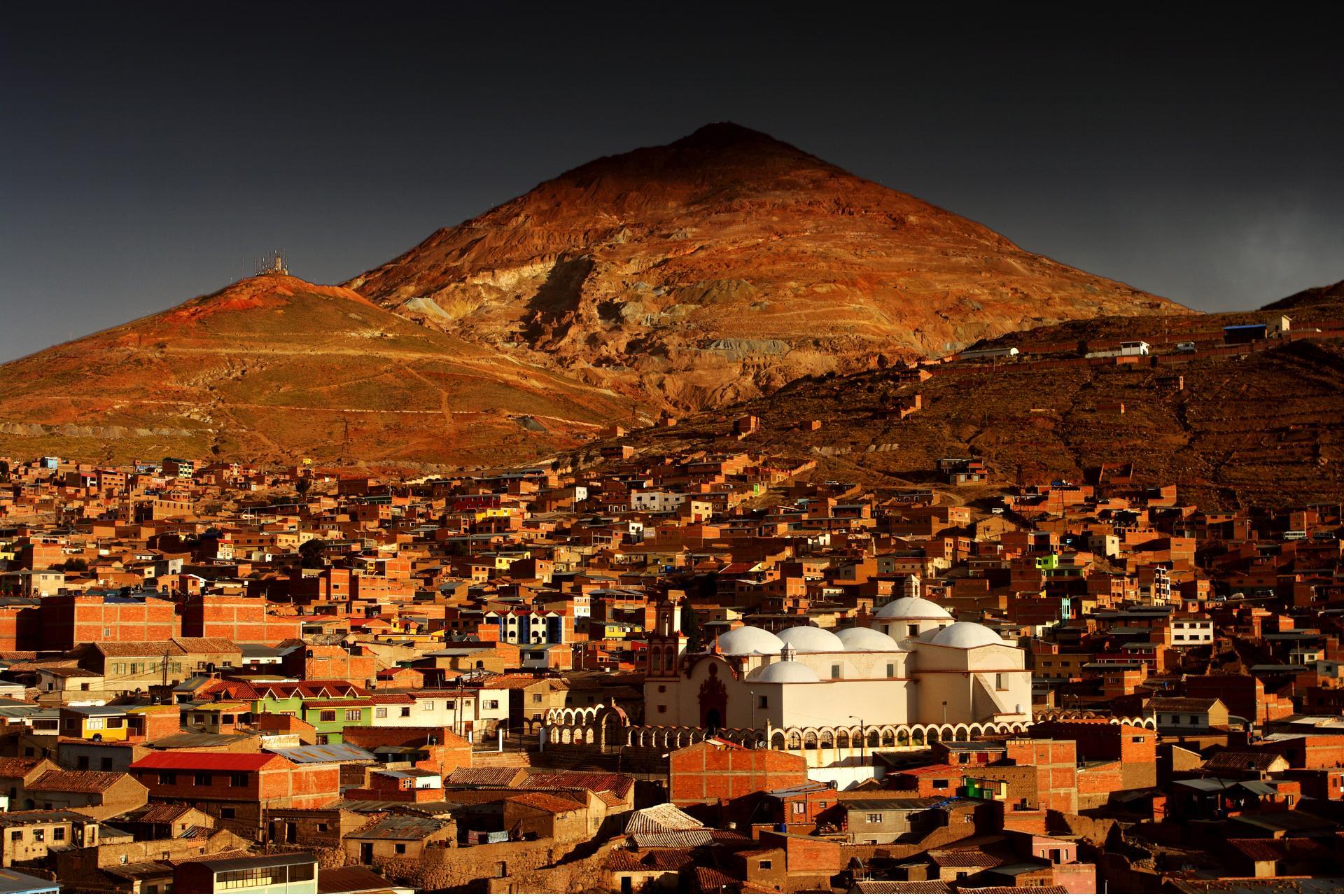
In the southern highlands of Bolivia, you’ll find Potosí, the world’s second-highest city. At a staggering 13,420 feet above sea level, there’s no such thing as a bad view from this city!
Potosí sits at the foot of the Cerro Rico mountain, believed to be “entirely made of silver”. Because of this, Potosí was one of the wealthiest cities in the world during the colonial period.
The Highest City in the World
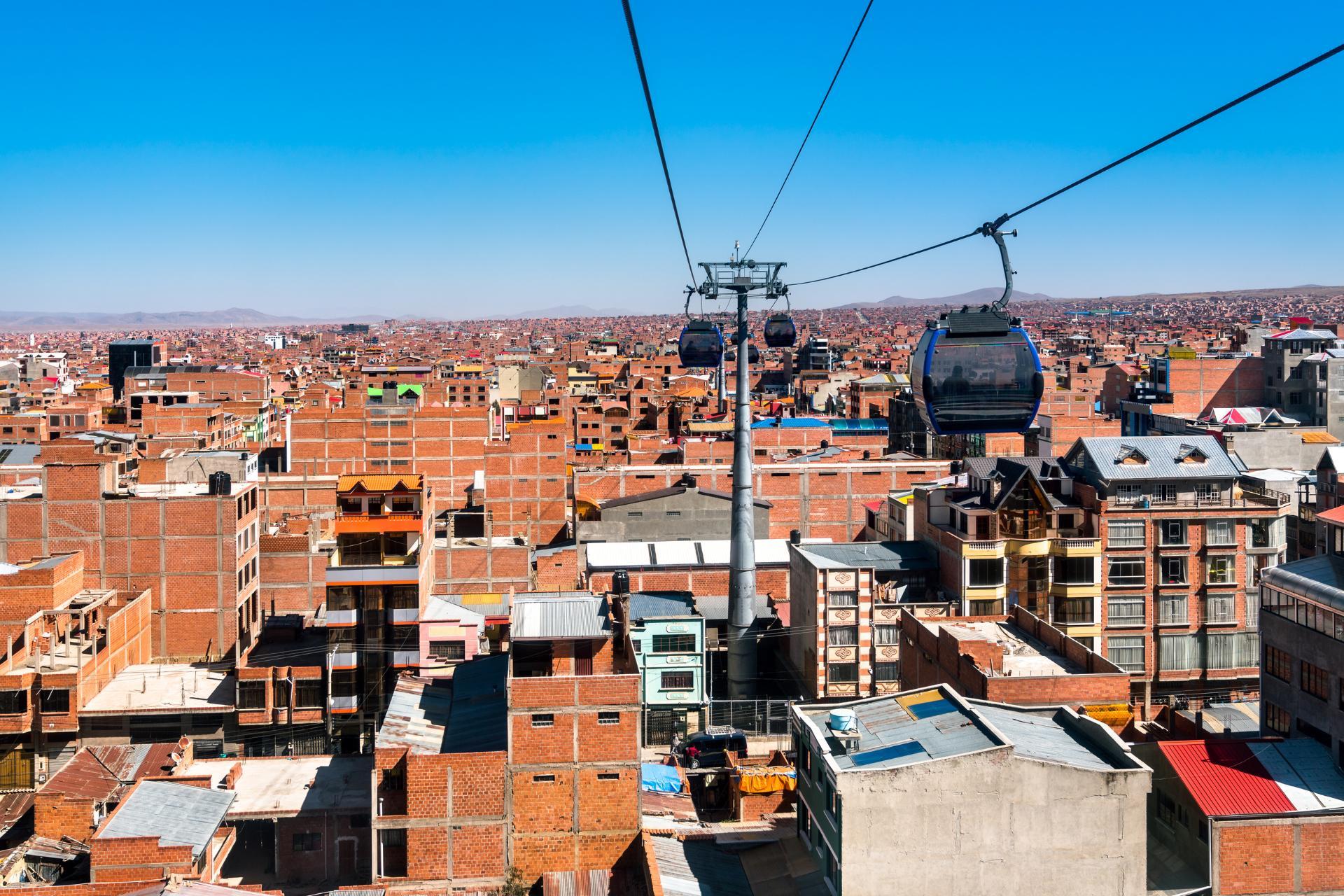
And finally, El Alto, Bolivia at 13,615 feet above sea level, holds the title of the highest major city in the world.
People were initially drawn to El Alto due to the wide availability of flat, buildable land. Today, it’s become the second-largest Bolivian city, the fastest growing in the country.
The Highest Permanently Inhabited Settlement
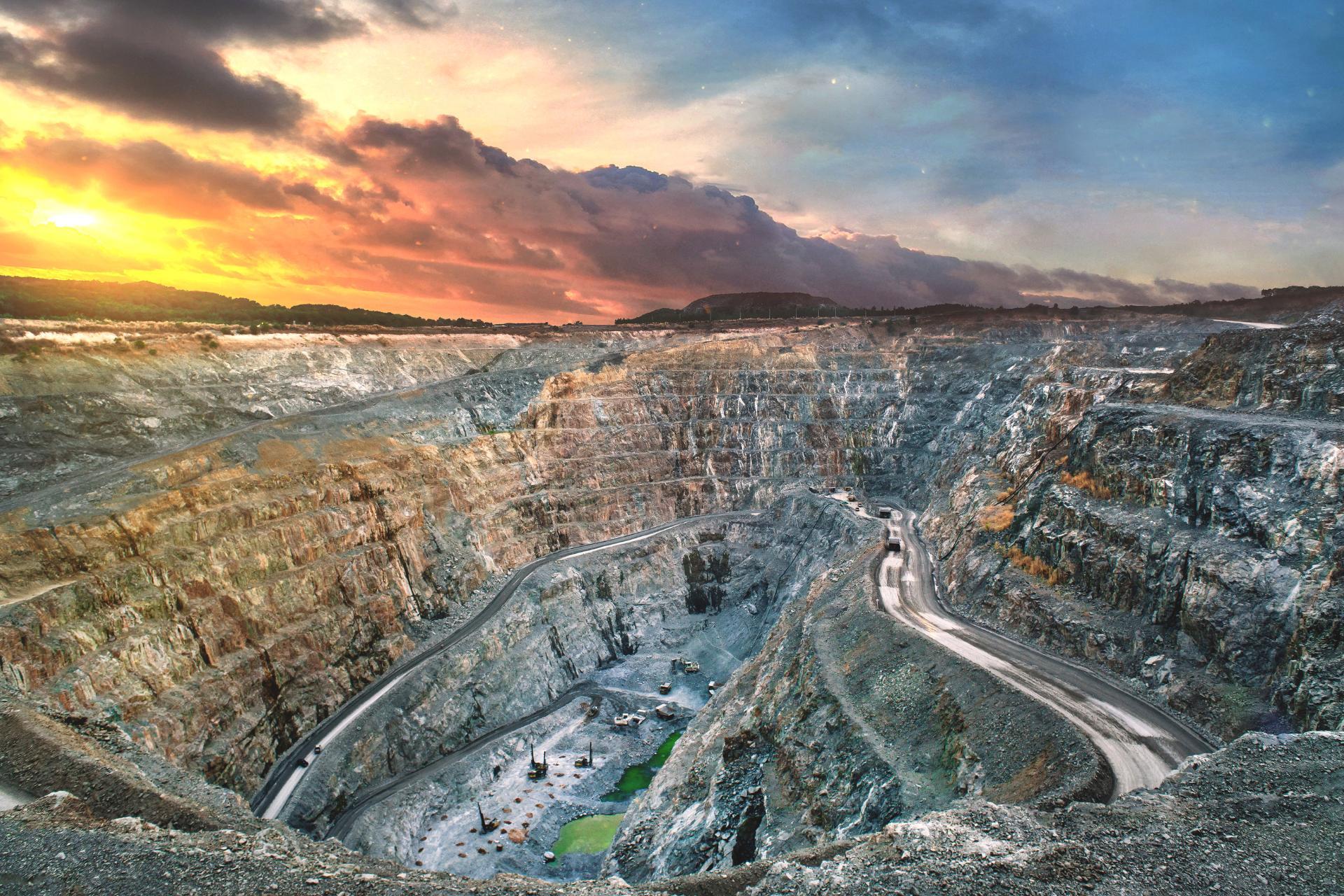
If we expand our search beyond traditional cities, we find the world’s highest settlement high in the Andes Mountains. La Rinconada, a Peruvian town perched at 16,700 feet above sea level, is the highest human settlement. That’s nearly three miles high!
This remote environment is home to around 30,000 people, primarily workers in the local gold mine.

